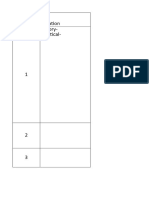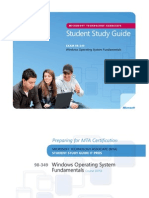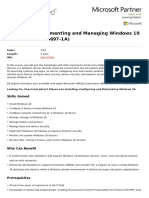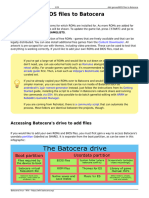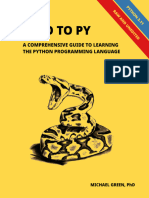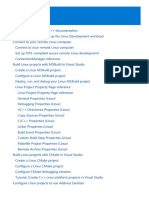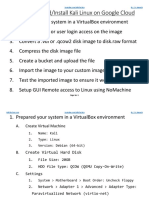0% found this document useful (0 votes)
140 views2 pagesWindows Learning Roadmap
The document outlines a comprehensive roadmap for learning Windows, covering topics from the introduction of the OS and its evolution to advanced features for developers. Key areas include system setup, file management, software installation, security, and troubleshooting. It also provides resources for further learning and exploration of Windows tools and functionalities.
Uploaded by
fthnrawaliCopyright
© © All Rights Reserved
We take content rights seriously. If you suspect this is your content, claim it here.
Available Formats
Download as DOCX, PDF, TXT or read online on Scribd
0% found this document useful (0 votes)
140 views2 pagesWindows Learning Roadmap
The document outlines a comprehensive roadmap for learning Windows, covering topics from the introduction of the OS and its evolution to advanced features for developers. Key areas include system setup, file management, software installation, security, and troubleshooting. It also provides resources for further learning and exploration of Windows tools and functionalities.
Uploaded by
fthnrawaliCopyright
© © All Rights Reserved
We take content rights seriously. If you suspect this is your content, claim it here.
Available Formats
Download as DOCX, PDF, TXT or read online on Scribd
/ 2







